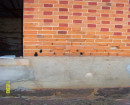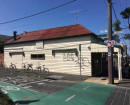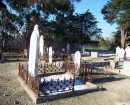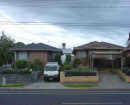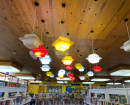MELVILLE FOREST HOMESTEAD COMPLEX
Cavendish-Coleraine Road MELVILLE FOREST MELVILLE FOREST, Southern Grampians Shire
-
Add to tour
You must log in to do that.
-
Share
-
Shortlist place
You must log in to do that.
- Download report
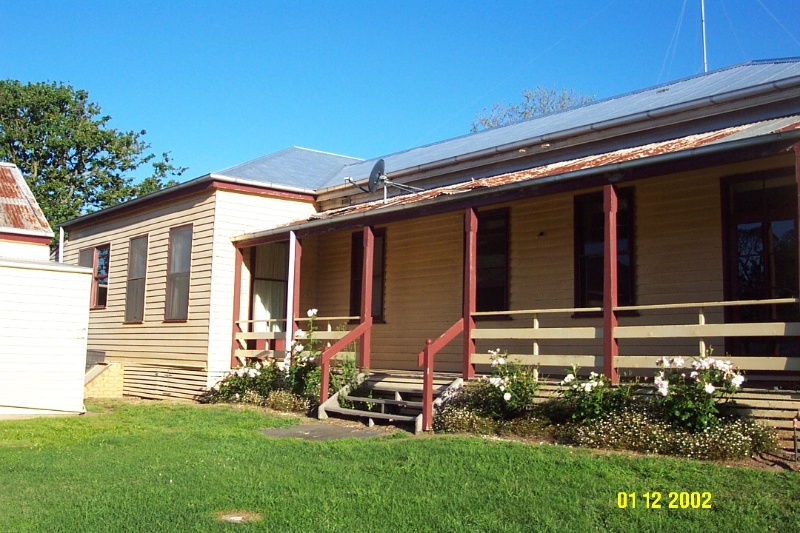

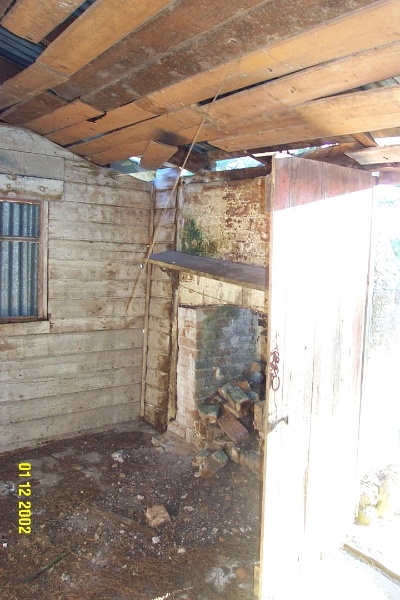
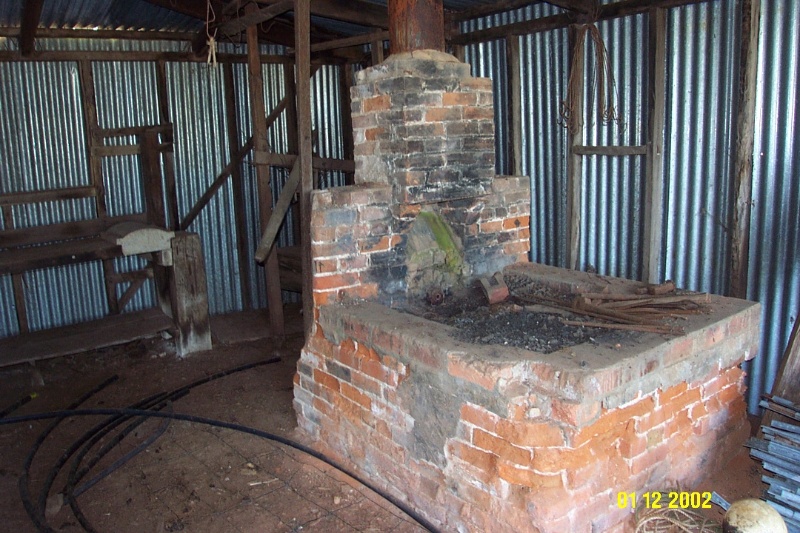


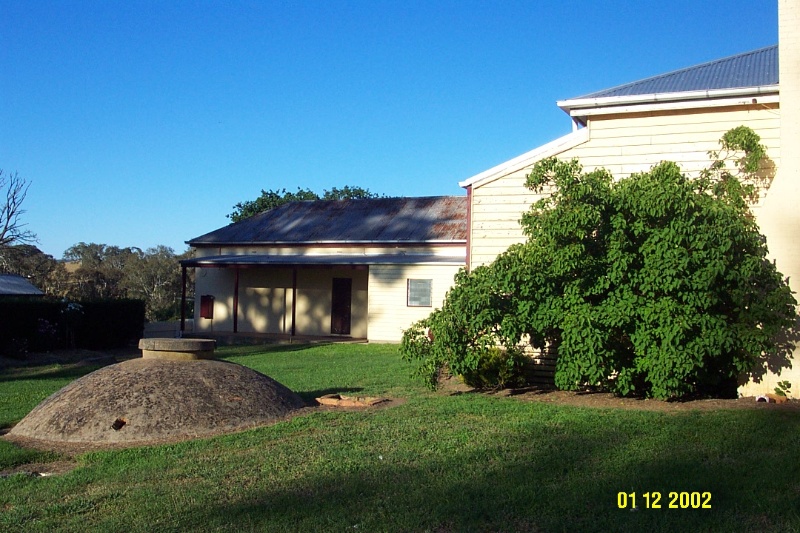

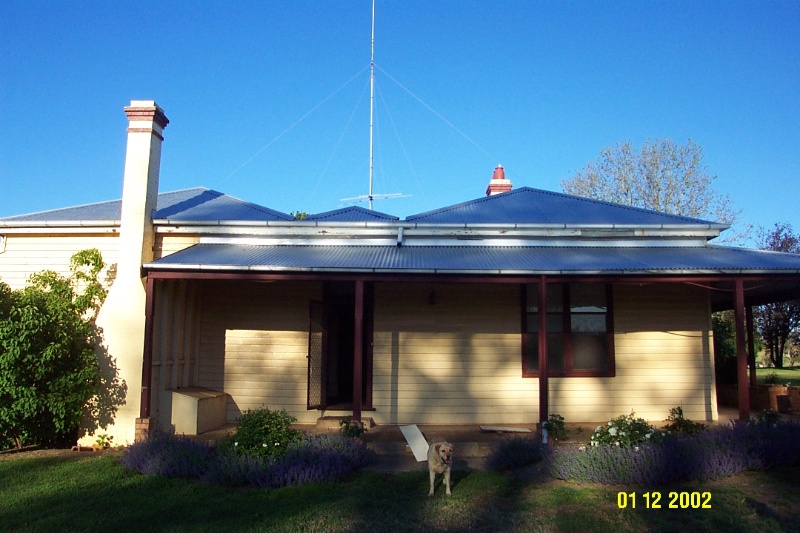
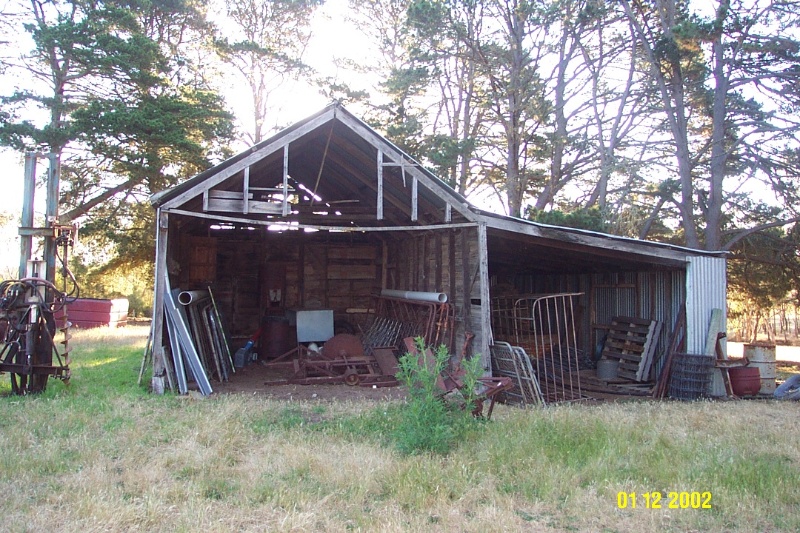
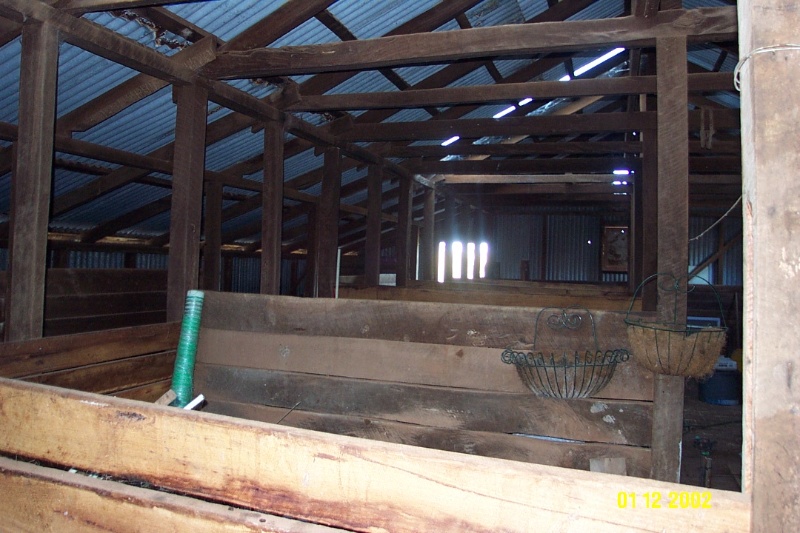
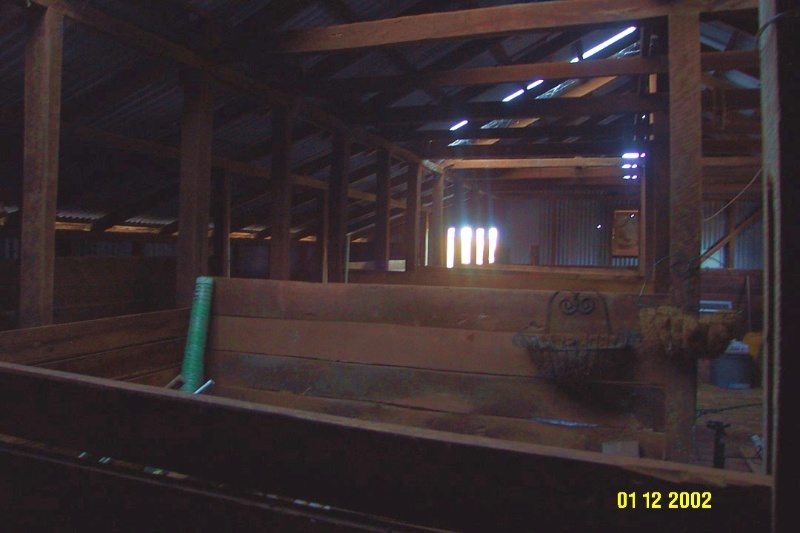
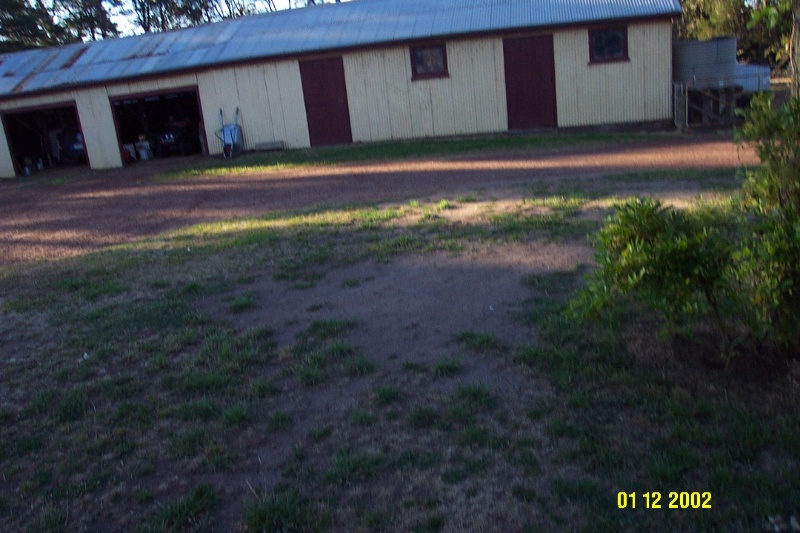
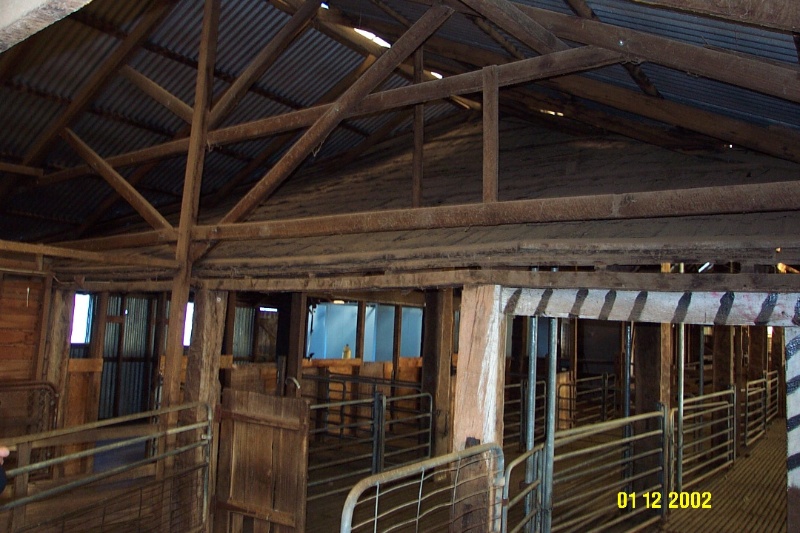
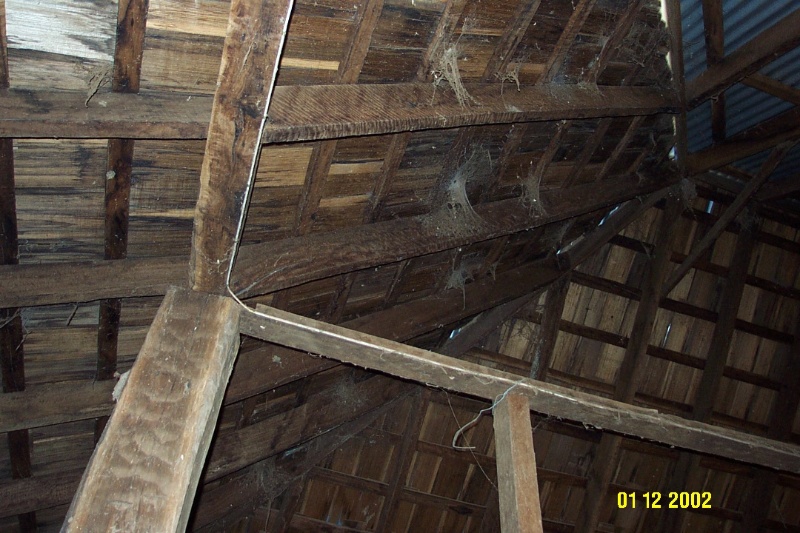
Statement of Significance
What is significant?
Melville Forest Homestead complex is located north of the intersection of the Cavendish-Coleraine Road, overlooking Hawkins Creek. An early subdivision off the great Koonong Wootong run, its licence was first held by the members of the Whyte family, who were amongst the pioneers of the Coleraine area, and then by the partnership of Monro and Cruickshank. The first substantial permanent occupant was Samuel Proudfoot Hawkins from 1858 to 1877 who probably changed the homestead's position from the opposite cliff top to its present site across the creek near the woolshed and men's quarters. Melville Forest was one of several runs he held and probably the most important to him. The single storey timber homestead is unremarkable and has been altered and extended several times including in the late nineteenth and early twentieth centuries. The woolshed dates from the earliest period but has also been progressively extended and altered. The stables and blacksmith's shop probably date from the same period as the homestead. At the rear of the blacksmith's shop there is a room, which was occupied by a Chinese gardener, but little of the early, landscaping and garden survives. Some distance from the homestead complex, there are the remains of a hot-water sheep wash associated with the creek. Later owners, who appear to have held the property as an investment along with their other runs, include the famous partnership of Melbourne merchants, Buckley and Nunn from 1877 until 1882, and then the Laidlaw family until at least the First World War. The complex, which is in good condition, is now of relatively low integrity.
How is it significant?
Melville Forest Homestead complex is of historical and architectural significance to the Southern Grampians Shire.
Why is it significant?
Melville Forest Homestead complex is of historical significance for its early associations, especially with Samuel Proudfoot Hawkins, one of the earliest surveyors of Melbourne and a colleague of Robert Russell. In this sense it can be compared with The Grange run, occupied by the Wedge brothers and subsequently Capt. William Lonsdale, and in that sense represents the investment and retirement of early public officials. It has further important associations with the famous partnership of Buckley and Nunn then the influential Laidlaw family. The Melville Forest homestead complex is of architectural significance as a collection of traditional buildings with certain aspects of particular interest, including parts of the woolshed and the Chinese gardener's room.
-
-
MELVILLE FOREST HOMESTEAD COMPLEX - Physical Conditions
Limited archaeological potential at the site of the original homestead and more at the site of the sheepwash. The extant buildings are all in good condition.
MELVILLE FOREST HOMESTEAD COMPLEX - Physical Description 1
The homestead complex includes the usual range of domestic and working structures. The single-storey weatherboard homestead appears to date from after 1858. It has been altered and extended including a major brick service wing, which dates from the late nineteenth century. A separate timber wing, probably an extension and said to include accommodation for staff, was demolished. There is a simple timber verandah on three sides. A cement rendered brick well or rainwater tank survives immediately adjacent to the house. The interiors of the house mostly date from the Interwar period.
The single storey stables and the nearby blacksmith's "shop" are timber framed and clad with corrugated iron. They survive substantially intact with their original fittings including horse stalls, tack shelves and saddle racks in the stables and the forge and bellows in the shop. Of special interest is the room at the back of the shop, occupied by a Chinese gardener, which is confirmed by old graffiti on the back of the door. The small room has a brick chimney but little else to provide any comfort.
The woolshed is clearly built in stages. The oldest section is constructed from timber in the round and adzed posts. Other timber members are pit sawn. The walls and roof are clad with corrugated iron. Part of the original timber shingle roof is exposed under the later, higher roof.
The timber men's quarters appear to date from the early twentieth century and are in two sections. The larger section includes a range of small rooms, the dining area and the kitchen. Another section includes separate rooms. The men's quarters have been converted into holiday accommodation, although with little alteration required.
Some distance from the homestead, on the south bank of the creek there is a sheep wash. The ruins strongly suggest that it was a hot-water wash and it probably dates from the 1870s.MELVILLE FOREST HOMESTEAD COMPLEX - Historical Australian Themes
Theme 3: Developing local, regional and national economies
3.5 Developing primary production
3.5.1 Grazing stock
Theme 5: Working
5.8 Working on the landMELVILLE FOREST HOMESTEAD COMPLEX - Usage/Former Usage
continuing as a mixed pastoral property.
MELVILLE FOREST HOMESTEAD COMPLEX - Integrity
Fair degree of integrity
MELVILLE FOREST HOMESTEAD COMPLEX - Physical Description 2
The Whyte Brothers, original licence holders
Monro and Cruickshank, later licence holders
Samuel Proudfoot Hawkins, former surveyor of Melbourne, most important licence holder
Buckley and Nunn, absentee licence holders
Laidlaw Brothers, licence holders and owners after 1882Heritage Study and Grading
Southern Grampians - Southern Grampians Shire Heritage Study
Author: Timothy Hubbard P/L, Annabel Neylon
Year: 2002
Grading:
-
-
-
-
-
MELVILLE FOREST HOMESTEAD COMPLEX
 Southern Grampians Shire
Southern Grampians Shire
-
3 Sherwood Street
 Yarra City
Yarra City -
Archaeological site
 Southern Grampians Shire
Southern Grampians Shire -
BLACKWOOD HOMESTEAD COMPLEX AND CEMETERY
 Southern Grampians Shire
Southern Grampians Shire
-
-




